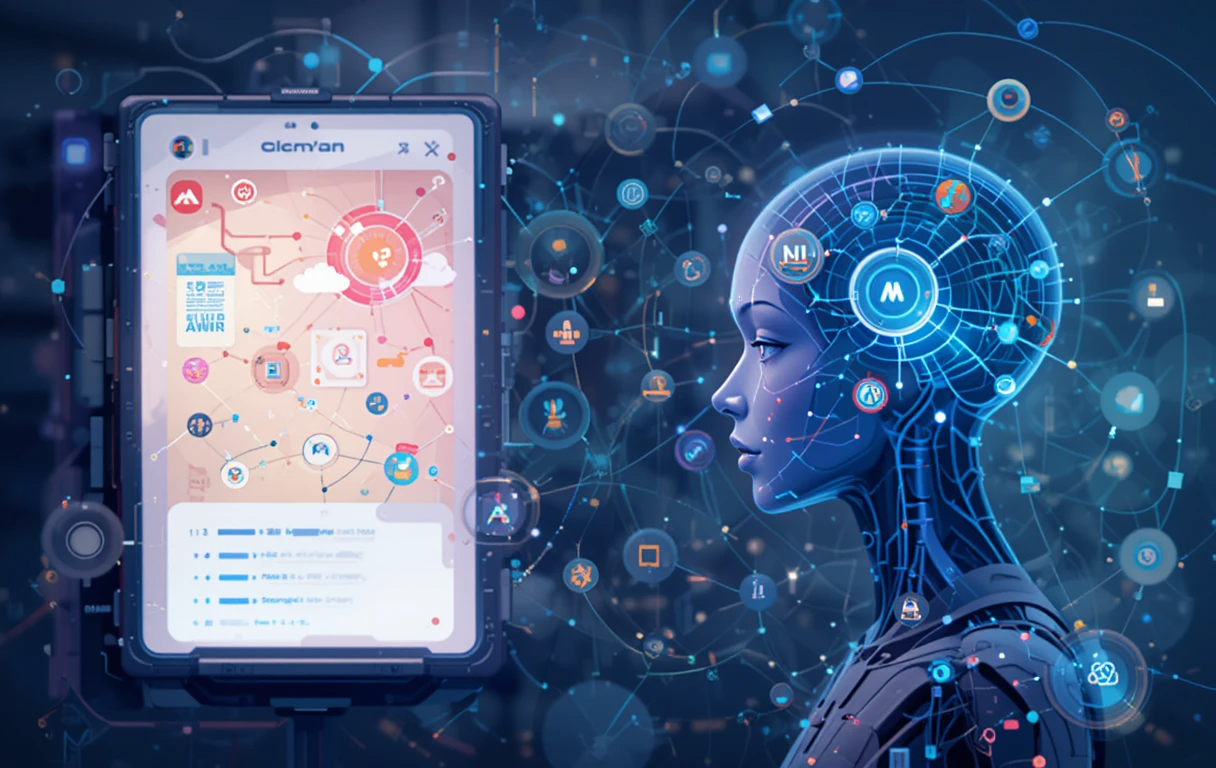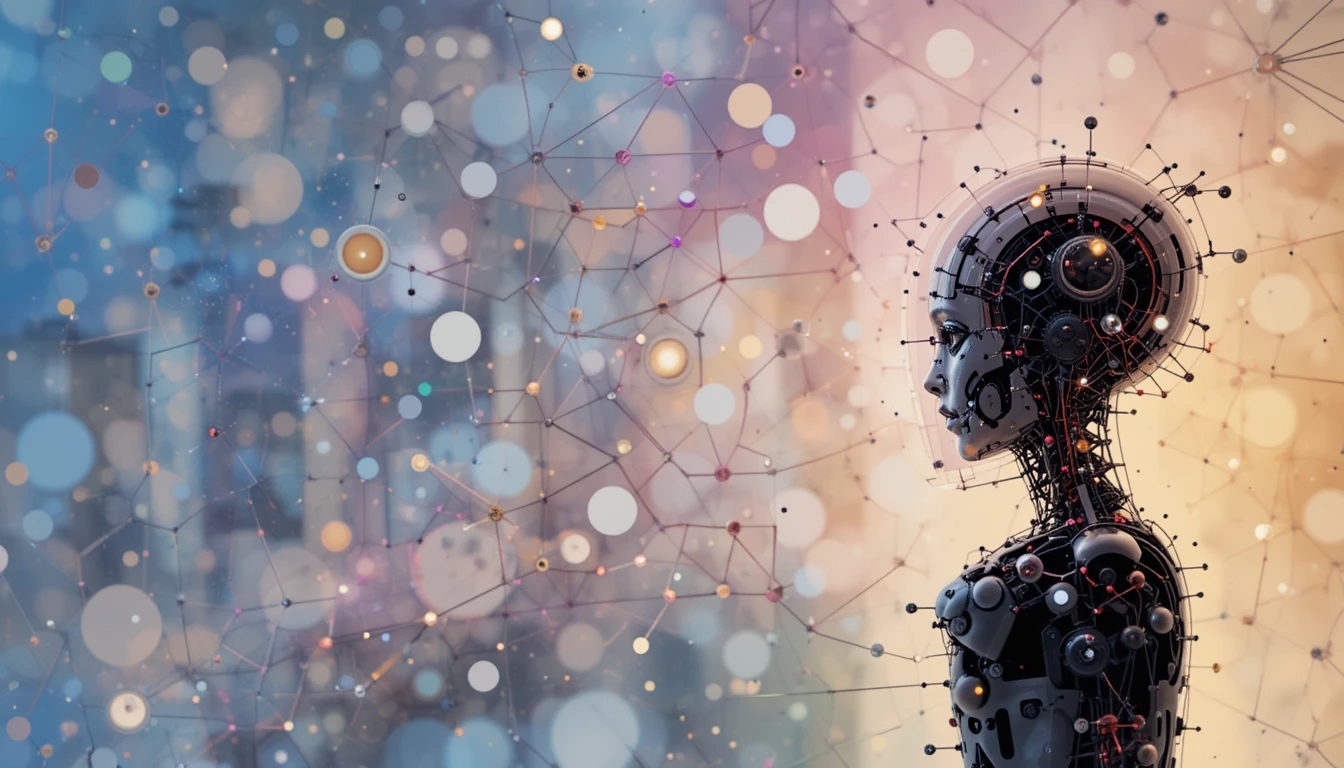As technology continues to evolve at a rapid pace, the world of higher education is undergoing a significant transformation. Universities, once centered on traditional lectures and printed textbooks, are now embracing artificial intelligence (AI) to improve learning, streamline administration, and personalize student experiences.
AI isn’t just a futuristic concept in higher education anymore—it’s already here. From smart tutors and predictive analytics to AI-assisted grading and campus chatbots, higher education institutions are leveraging AI to adapt to the demands of 21st-century learners and an increasingly competitive global landscape.
In this blog post, we’ll explore how AI is revolutionizing higher education, its impact on students and educators, challenges to adoption, and what the future holds for universities powered by intelligent technologies.
🎓 The Changing Landscape of Higher Education
Higher education today faces both exciting opportunities and difficult challenges:
- Increasing student enrollment across the globe
- Diverse student populations with varied learning styles
- Rising costs and the need for affordable, scalable solutions
- Demand for flexible, digital-first education
- The need to bridge the gap between academia and industry
Artificial intelligence is emerging as a powerful solution to address many of these issues while improving outcomes and operational efficiency.
🤖 How AI is Being Used in Higher Education
Let’s look at the most important ways AI is transforming the university experience:
1. Personalized Learning at Scale
One of AI’s most transformative applications is its ability to provide personalized learning pathways for students.
AI algorithms analyze student behavior, performance data, and preferences to:
- Suggest customized learning resources
- Adapt the difficulty of assignments
- Recommend pacing adjustments
- Offer targeted feedback
Example:
Platforms like Knewton and Carnegie Learning use AI to personalize course content based on how a student interacts with material.
Benefits:
- Improved retention and understanding
- Greater student engagement
- Reduced dropout rates
2. AI-Powered Teaching Assistants
Universities are integrating AI-powered virtual assistants and chatbots to support both students and faculty.
Use cases:
- Answering common questions about deadlines, coursework, and exams
- Assisting with tutoring in subjects like math or computer science
- Automating grading of multiple-choice and short-answer questions
Real-world example:
Georgia Tech deployed an AI teaching assistant named “Jill Watson”, powered by IBM Watson, which helped answer forum questions in an online course—without students realizing it wasn’t human.
3. Smart Content Creation
AI can generate and optimize educational materials, including:
- Summarizing textbooks
- Translating content into multiple languages
- Creating quizzes and assessments
- Generating lecture notes from spoken content
Tools:
- ScribeSense (grading and feedback)
- Quizlet (AI-generated study tools)
This not only saves time for educators but also enhances content accessibility for students with different learning needs.
4. Predictive Analytics for Student Success
Universities are now using AI to predict student outcomes and intervene early when needed.
How it works:
- AI analyzes attendance records, test scores, participation, and online activity.
- At-risk students are identified based on trends and patterns.
- Counselors and educators are alerted to provide timely support.
Benefit:
Early intervention reduces dropout rates and improves graduation rates.
Tools:
- Civitas Learning
- Blackboard Predict
5. Streamlining Administrative Processes
AI is also improving operational efficiency by automating routine administrative tasks:
- Student admissions and enrollment
- Scheduling and timetable generation
- Financial aid assessment
- Handling student queries with AI chatbots
Example:
Universities like Deakin University (Australia) and Staffordshire University (UK) use virtual assistants to manage student services and reduce workload on administrative staff.
🎯 Benefits of AI in Higher Education
Let’s break down the major benefits AI brings to higher education:
✅ Enhanced Learning Outcomes
By offering adaptive learning, instant feedback, and tailored content, AI helps students master subjects more effectively.
✅ Time and Cost Savings
AI automates tasks that once took hours, from grading papers to managing office hours, freeing up time for professors to focus on teaching and research.
✅ Greater Student Engagement
AI-powered tools like virtual reality simulations, gamified platforms, and intelligent tutoring systems make learning more interactive and fun.
✅ Scalability
AI allows universities to manage larger student cohorts without compromising quality—especially useful in online and hybrid learning models.
✅ Global Reach
AI enables the delivery of content in multiple languages and formats, making education more inclusive for international students.
🌐 Real-World Applications in Universities
Here are some real-world implementations that show AI’s growing role in higher education:
1. Arizona State University (ASU)
ASU uses AI-driven analytics to monitor student progress and identify at-risk learners. Their system sends alerts to academic advisors who intervene with personalized support.
2. University of Michigan
Their ECoach platform uses AI to deliver personalized messaging and advice based on students’ academic data and behaviors.
3. Minerva Schools
This global university uses AI-powered feedback and data analysis to constantly refine course delivery and student evaluation in real time.
🧠 AI and the Evolving Role of Educators
AI is not here to replace professors—it’s here to empower them. Educators are evolving from lecturers to facilitators and mentors.
AI assists educators by:
- Providing data-driven insights
- Handling routine grading
- Identifying student struggles
- Suggesting instructional improvements
Professors still play a vital role in creating human connection, offering mentorship, and teaching critical thinking—skills that AI cannot replicate.
⚖️ Ethical and Practical Considerations
Despite the benefits, AI in higher education brings important questions:
1. Data Privacy
AI relies heavily on student data, which raises concerns about security, consent, and ethical use.
Universities must follow strict protocols to comply with laws like FERPA and GDPR.
2. Algorithmic Bias
If AI tools are trained on biased datasets, they may perpetuate inequalities in grading or access to resources.
Developers and institutions must ensure transparency and fairness in AI models.
3. Digital Divide
Not all students have equal access to high-speed internet or devices. Universities must ensure AI tools don’t widen the equity gap.
4. Over-Automation
AI should complement, not replace, human interaction in learning. Too much automation may lead to loss of engagement or critical feedback.
🛠️ Best Practices for Implementing AI in Universities
To make the most of AI in higher education, institutions should:
🟢 Start with a Clear Strategy
Identify key areas where AI can bring the most value—whether it’s student success, faculty support, or campus management.
🟢 Involve All Stakeholders
Engage educators, students, IT teams, and administrators in decision-making to ensure smooth adoption.
🟢 Train Faculty and Students
Offer workshops and resources to help users effectively engage with AI tools.
🟢 Monitor and Improve
Regularly evaluate AI systems for accuracy, fairness, and user satisfaction, and make improvements as needed.
🔮 The Future of AI in Higher Education
As AI technologies continue to advance, the university of the future may include:
- AI tutors available 24/7
- Fully personalized curricula based on skills, goals, and interests
- Emotion-aware learning platforms that adjust based on mood
- Blockchain-based credentials powered by AI for lifelong learning
AI will play a central role in making higher education more accessible, intelligent, and aligned with real-world needs.
✍️ Final Thoughts
AI is reshaping higher education for the better—creating smart, student-centered learning environments while streamlining operations and improving outcomes. As universities continue to adopt AI, the key will be balancing technology with human connection and ensuring equitable access for all.
For students, AI brings more support, flexibility, and opportunity. For educators, it’s a chance to focus on deeper teaching and mentorship. For institutions, it’s a way to future-proof their mission in an ever-changing educational landscape.
Embracing AI is no longer optional for forward-thinking universities—it’s essential for thriving in the 21st century.

